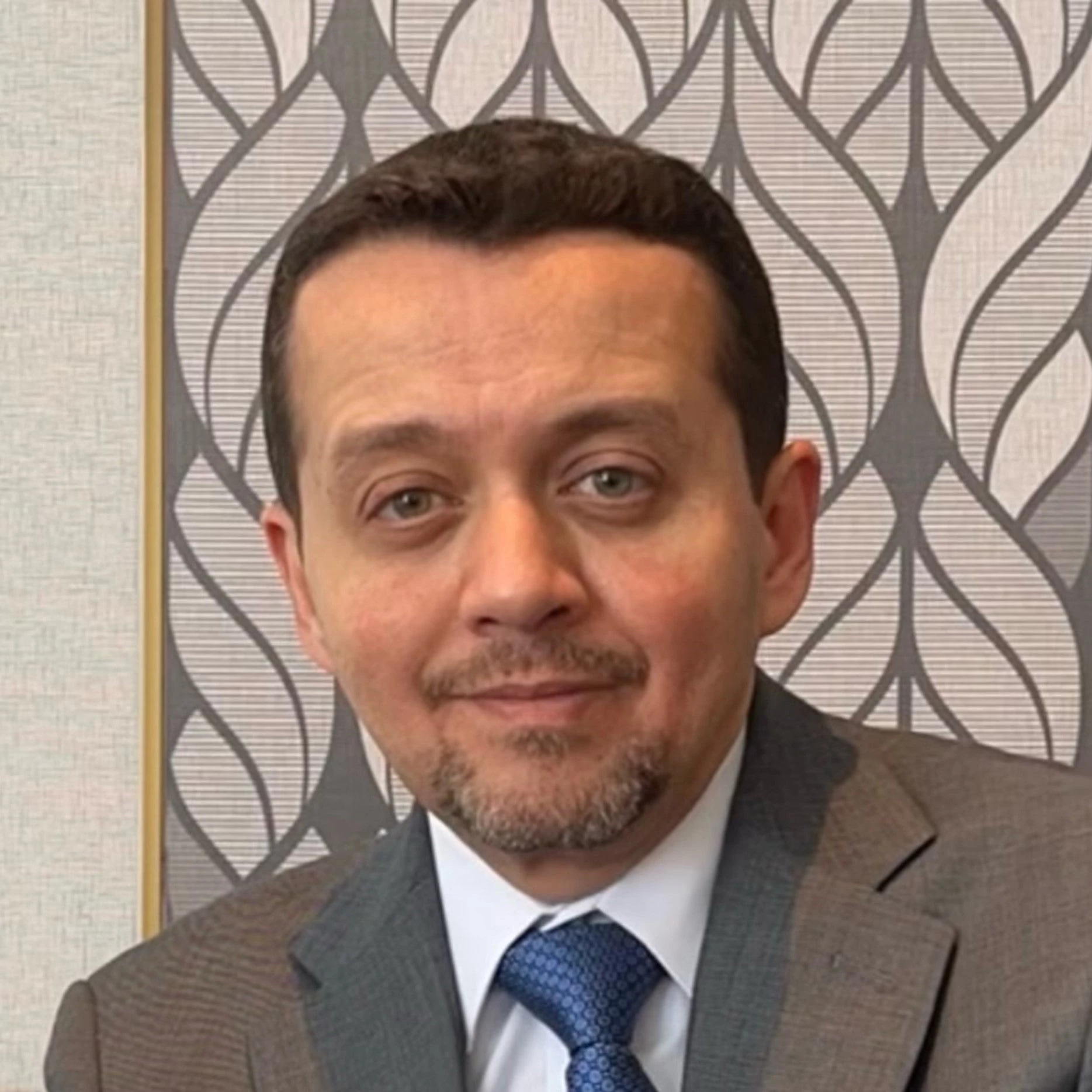 Climate change is changing rainfall patterns and spoiling crops on a large scale. Climate impacts on health could cause five million deaths between 2030 and 2050. Copyright: Aniket Gawade / Climate Visuals Countdown
Climate change is changing rainfall patterns and spoiling crops on a large scale. Climate impacts on health could cause five million deaths between 2030 and 2050. Copyright: Aniket Gawade / Climate Visuals Countdown
Tomorrow is the fourth Earth Day since the declaration of the pandemic. As the world continues to emerge from the COVID-19 crisis, we find ourselves with an even shorter window to solve the climate challenge and—in the health sector—to successfully transition to low-carbon and resilient health systems. Investing in health is investing in people’s climate resilience. Countries urgently need to build stronger, more integrated health systems that are resilient to a variety of acute health shocks—including climate change and pandemics.
Climate change threatens to push 132 million people into extreme poverty by 2030 —particularly in sub-Saharan Africa and South Asia—with the health sector creating the largest impact on poverty headcount (44 million by 2030). Climate impacts on health are conservatively predicted to cause five million deaths between 2030 and 2050, from malnutrition, malaria, diarrhea and heat stress alone.
Despite this urgency, countries especially those most at risk, still know remarkably little about the scale of the climate-related health challenges they face. Climate can best be characterized as a risk multiplier—not causing any specific diseases or health outcomes but loading the dice across almost the whole spectrum of health risks. The links between climate and health outcomes are particularly acute for the most vulnerable. For example, impacts from climate change related to nutrition (i.e., crop failures due to drought, high temperatures, or flooding) can lead to lower levels of nutrients in the diets of pregnant women, including iodine, iron, folate, calcium and zinc. Such nutrient deficiencies can in turn cause anemia, high blood pressure during pregnancy, hemorrhage and death, and can lead to stillbirth, low birthweight, wasting and developmental delays for children. This makes it complex and a very difficult challenge to quantify, let alone assign costs to.
Estimating the health costs of inaction—and action
It is for this reason that the World Bank developed the Climate and Health Economic Valuation (CHEV) tool seeking to understand the cost of inaction on climate as it relates to health. Conservative estimates using initial figures from pilots across four countries looking at just six climate-related health risks indicate average health costs could already be as high as 1% of total GDP. This is not a trivial figure, and one which would likely be orders of magnitude much greater if the world continues with “business as usual” by the end of this decade.
CHEV only gives us the cost of inaction, the first step. What countries really need is to be able to estimate the costs—and benefits—of taking action. We are calling this the “best buys for climate and health,” reflecting WHO’s successful work on Best Buys for Noncommunicable Diseases (NCDs) and the Copenhagen Consensus approach, where potential solutions to global issues are examined and prioritized using cost-benefit analysis. This is not so much a “next step” as the “last 26 miles of a marathon.” Best-buys will be a significant endeavor, led by the World Bank, of collaboration and consensus necessitating the engagement of leading development partners in climate and health.
Making health systems more climate-resilient
There are several “no regrets approaches” that we can collectively support to address the climate crisis whilst the more comprehensive best buys are compiled and assessed. These could include, but not be limited to, solarization of health facilities as well as integrating energy efficiency measures in healthcare service delivery, releasing mosquitos with the bacterium Wolbachia to reduce the transmission of dengue, expanding seasonal malaria chemoprevention in flood-prone areas, and even focusing our attention on interventions to address the wider determinants of health such as water safety through chlorination. These are all examples of interventions for which there is good evidence of efficacy. The question is whether these are the best interventions that countries should be buying with their scarce resources.
Best buys will be a vital tool for policy makers to identify the most practical, cost-effective, and feasible solutions that can be implemented quickly and at scale. Understanding what the best buys are will not only improve efficiencies in strategic health purchasing, but will enable us to close the deficit in the prioritization of health within overall adaptation funding.
Fundamental to achieving this will be taking a health systems approach to ensure collaboration and consensus to deliver low-carbon and resilient health systems at pace and scale. Between 2016 and 2022, the World Bank’s Health, Nutrition and Population Global Practice financed $2 billion on climate co-benefits (adaptation and mitigation). The World Bank’s 2021-2025 Climate Change Action Plan (CCAP) committed to a target of 15% of its financing on climate for projects in health, education, social protection and jobs by 2030. Currently, the World Bank’s portfolio of IDA and IBRD health systems investments is in the amount of $34 billion—presenting an important opportunity to maximize financing for low-carbon and resilient health systems, meeting climate corporate commitments, Universal Health Coverage goals and alignment with the World Bank’s twin goals.




Join the Conversation